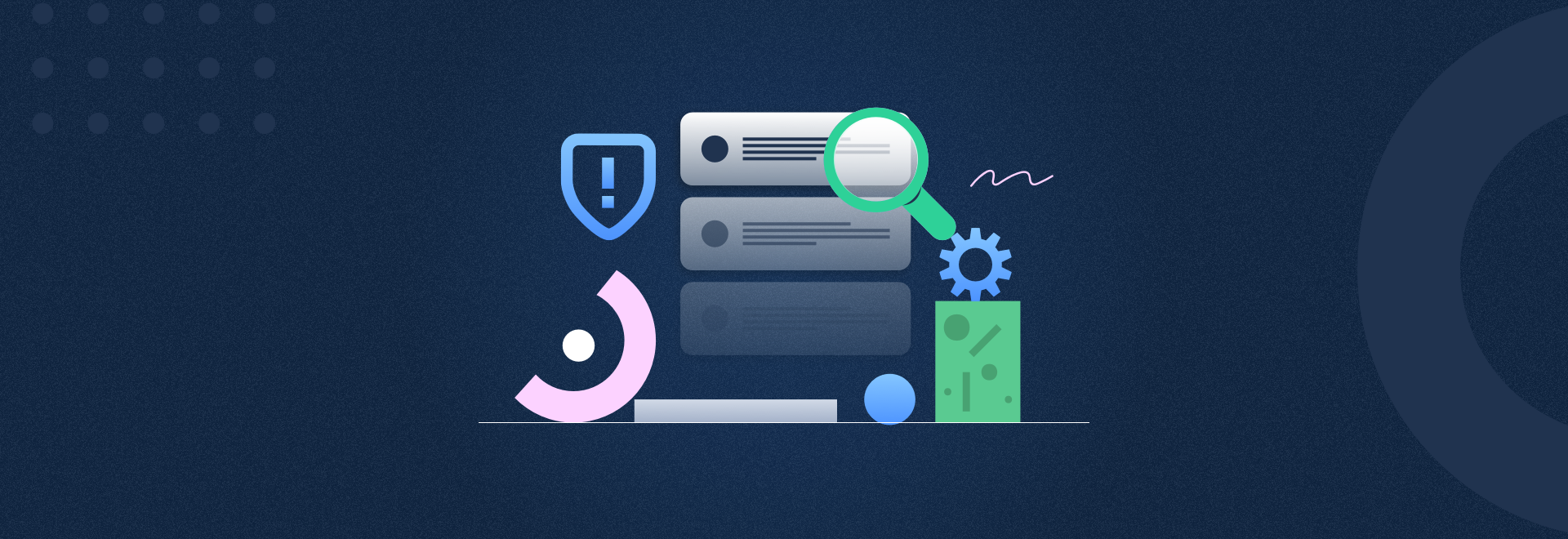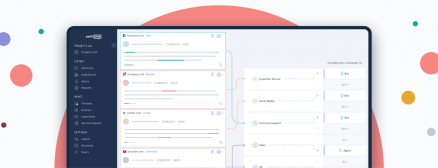The Role of Social Listening in Crisis Management
Crisis management and risk management planning used to involve some poor risk officer posing a series of hypothetical scenarios to a bored group of people eager to get back to their “real” job. In the midst of discussing financial scandal, cybercrime, and catastrophic flooding, the wisecracker in the room would ask something like “Have we spent enough time on the alien invasion scenario?” Everyone laughed, except the risk officer.
Then a real crisis happened. The Covid pandemic forced hordes of staff into isolation and tested a company’s ability to function in a risk scenario brought to life like Godzilla. Needless to say, since then companies have been taking crisis management planning more seriously. But if there’s one too-common weak spot it is the risk of social media crises. Ledger-focused leaders as high as the CFO might say, ‘That’s just marketing.’ But as we’ve seen from more than one painful example, the sheer weight of public opinion on social media can change a company’s fortunes nearly overnight. That is (just) marketing, the place where your brand’s reputation and credibility float delicately on the whims of public sentiment.
As that mirthless risk officer will tell you, the key to crisis management (for social media and elsewhere) is to envision the risk, define a mitigation plan, and enable the tools and measures to monitor threats. So let’s explore the dark corners of ‘What could go wrong on social media?’ We’ll provide guidance for social media crisis management and communication, including an overview of the social media crisis management tools that can make you a hero by avoiding a PR crisis.
The increasing importance of crisis management
Here’s the predicament: the larger and more well-known your company is, the greater the risk of social media scandal. People love to topple giants, and the more commonly known your brand is the more likely others will pile on when you’ve made a social media gaffe. Making things worse, the larger your company is, (almost always) the slower it responds. There are too many examples of negative social media comments snowballing while the social media team repeatedly publishes the same corporate-approved response, over and over.
We saw this with the shoe brand Converse. A former job applicant posted a video on TikTok showing shoe designs she’d submitted during the interview process that looked VERY similar to new models that Converse was selling. Just an accusation, right? Well, that post has 6.5 million likes and over 20 million views. When TIME magazine was writing a feature article on the topic, the company had some smooth talking points in place. But the initial response on social media was limited and repetitive, and likely fueled rather than dampened the public’s reaction.
In a study conducted by PWC, 95% of business leaders said that their crisis management capabilities need improvement. Brands are increasingly mapping the very real correlation between social media reputational risk and corporate earnings. Whatever your opinion on the boycott of Bud Light beer following the brand’s Instagram influencer sponsorship with the transgender Dylan Mulvaney, there’s no doubting the sales impact: in a week shortly after the campaign scandal, Bud Light sales fell 17% from the previous year. The responses from company leaders sent mixed messages, revealing a gap in the company’s crisis communication plan and crisis management procedures.
It’s also important to consider that not all social media crises occur with a sudden, noticeable impact. There are slower-moving forms of crises that can cumulatively erode your brand’s credibility. These can take the form of complaints, negative reviews, or disinformation about your company. Imagine a competitor creates a series of fake accounts and starts generating 10 negative reviews of your products each day. Day one might not feel like a crisis, but after a week it sure will be.
Using social listening for crisis detection and response
Many companies are not equipped to deal with the velocity and potential negative impact of a social media crisis, but yours can be. Social listening is a category of software designed to detect and report references to the names and topics that matter most to your company. That includes your brand and product names, but can also include key employees, industry topics, and references to your competitors. Social listening tools scan millions of digital properties, including a wide variety of social media platforms, blogs, and websites, allowing you to pinpoint an emerging crisis.
Social listening tools offer a range of features that can help you proactively recognise when trouble is brewing on social media. Once you have set up your queries, the software runs 24/7, keeping a pulse on what’s happening in social media. You can set up alerts to notify you when there’s a spike in activity, effectively an early-warning system for a potential crisis. Some platforms, like our SentiOne Listen, incorporate AI to detect unusual patterns related to activity on your chosen terms, and alert you when there is an irregularity. From your dashboard you can drill into the details, looking at the positive or negative sentiment of the posts where your brand is mentioned. You can easily sort the most influential critics from those with a small audience.
To unlock the full power of social listening tools you need to take a proactive approach. You’re not a seismologist watching for earthquake tremors; you have the power to participate and shape the conversation. Having an aggregated dashboard that you can sort and filter equips you to pinpoint social media conversations where a well-delivered answer, rebuttal, or apology can reorient the conversation before it becomes a crisis. The most effective crisis communication strategies are built around this principle of detection and early mitigation.
The benefits of using social listening during a crisis
A social listening platform is essential for effectively dealing with a social media crisis. When swift action is required, the last thing you want to be doing is manually refreshing social media sites and apps to keep up with the conversation. Here are some ways social listening can help:
- Learn from your competitors’ mistakes: Once you’re tracking social media activity on your competitor’s brands, you can pay close attention when a crisis befalls them. You can bet that airline competitors were carefully watching Easyjet’s “backless” backlash. Evaluating their response, and noting what works well (and what doesn’t), can provide some painless wisdom to help improve your crisis communications.
- Shared awareness, in real-time: The days when the social media manager had to run through the office hallways sharing bad news with everyone are gone. With role-based alerts set up in your social listening platform, the right team members will be notified automatically. This allows teams to act fast rather than spending time bringing everyone up to speed.
- Pinpoint the kingpin: When it comes to social media, not all voices are equal. Influential profiles that have a large count of fans or followers can reach a lot of people, creating a network effect that draws in other influential accounts. With a social listening tool, you can quickly sort your brand’s mentions to find your most impactful detractors and deliver an appropriate response.
- Respond in near real-time: Due to the viral nature of social media, response time is the most critical factor. Showing up early with a well-considered comment can completely defuse a potential crisis. When you can identify the early warning signs of a potential crisis, PR teams can act early and quickly to develop responsive messaging.
- Multi-platform tracking: You certainly don’t want to be tracking crisis-like activity on Facebook only to find that the conversation exploded on Twitter some hours ago. By tracking multiple social media platforms in one tool, you’ll know quickly when the topic spills over from one platform to another.
- Broaden your analysis: The standard set of terms you’re tracking may not capture the full conversation. In the Converse example mentioned earlier, we’ll bet that the marketing team was tracking references to “Converse”, but what about terms related to plagiarism or design poaching? Social listening allows you to quickly adapt your monitoring to suit the context of any particular crisis.
- Measure your impact: When you are actively responding during the midst of a crisis, your social listening suite allows you to track changes to sentiment over time, giving you a real-time reading of the effectiveness of your PR and crisis management efforts.
One of the most essential tenets of public relations in marketing is to illustrate a commitment to customer satisfaction. By actively engaging your social media communities, particularly during times of criticism or crisis, you can earn lasting respect and loyalty from observers.
Steer clear of social media crises with SentiOne Listen
With the right crisis management tools, you can take action quickly to avoid a public relations crisis. SentiOne Listen is a powerful social listening platform that connects you with the opinions, questions, and pain points of your clients and prospects. Monitor brand mentions, conduct trend analysis, configure alerts, or gather insights from SentiOne Listen’s extensive reporting capabilities. To learn more, visit SentiOne.com or book a demo.



